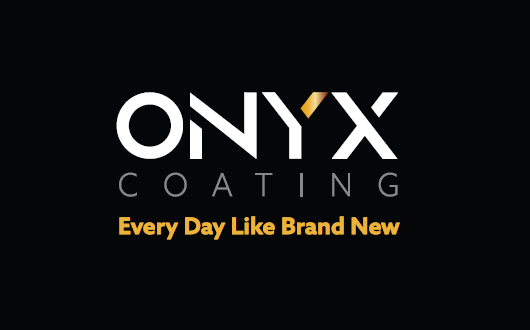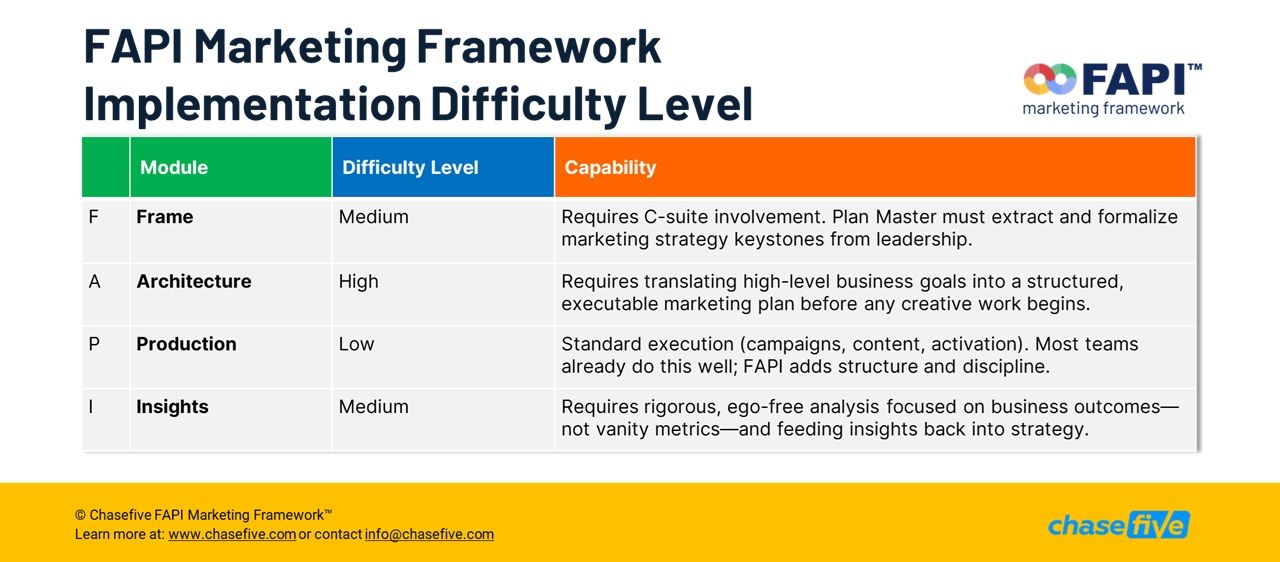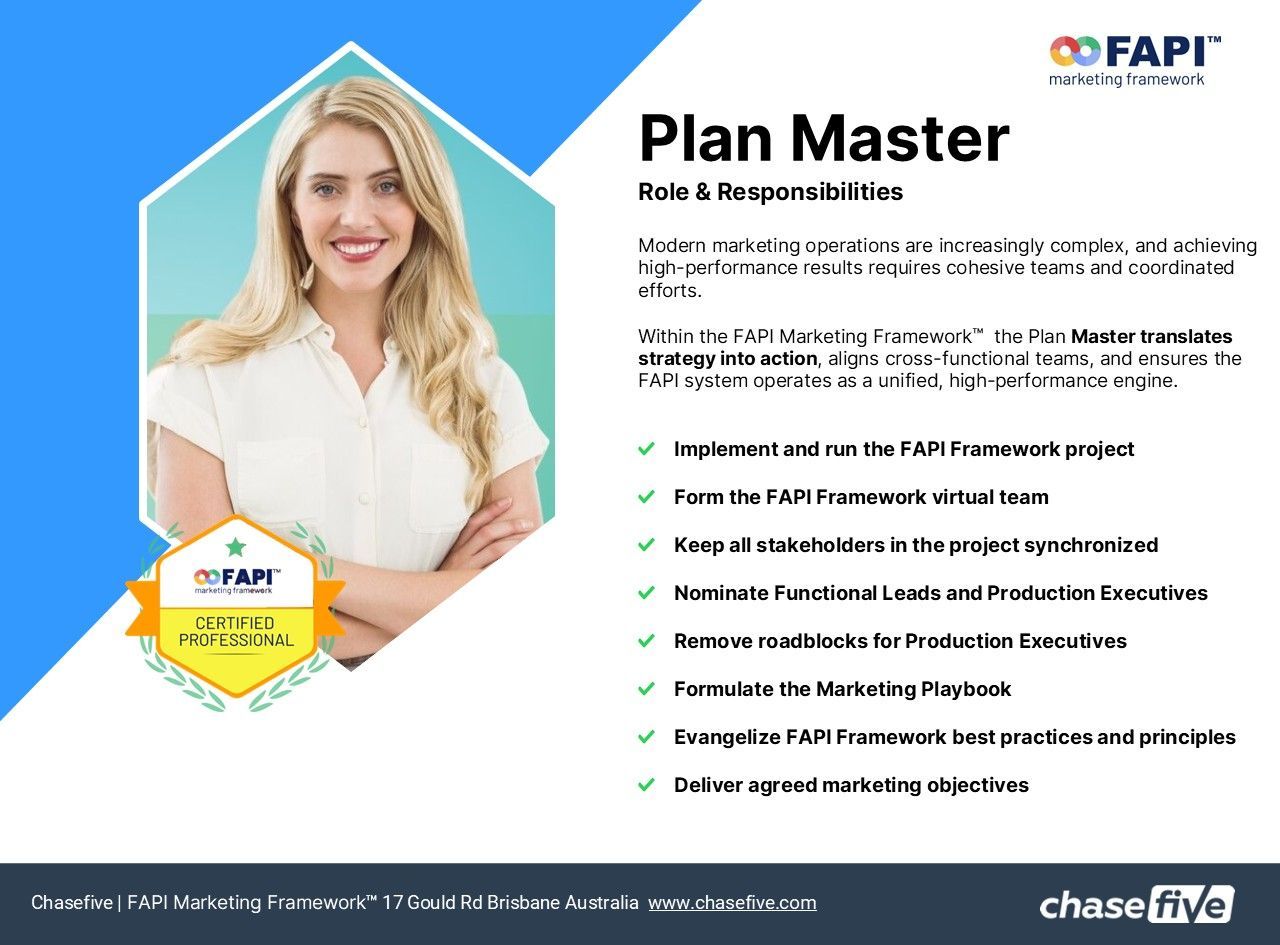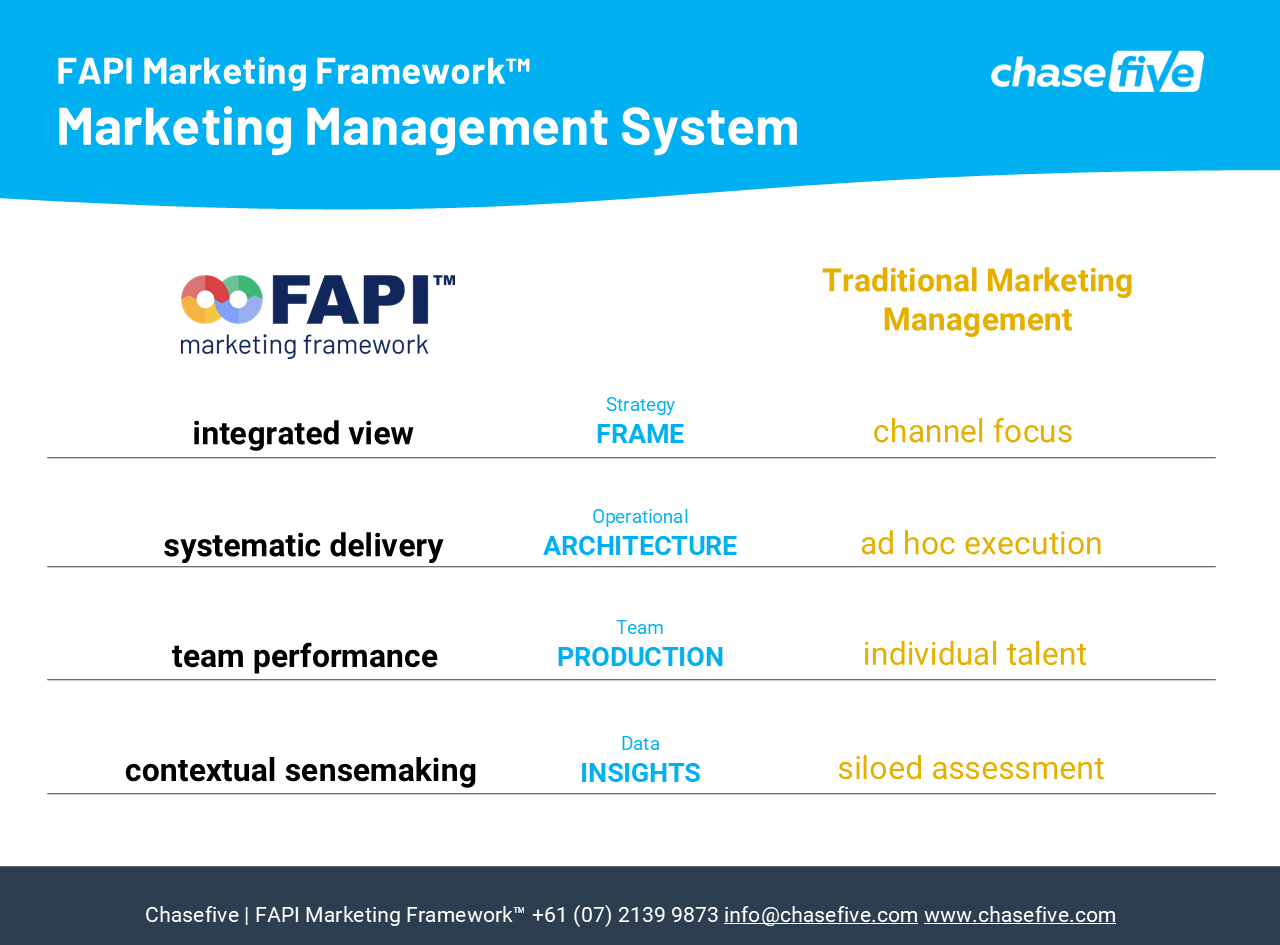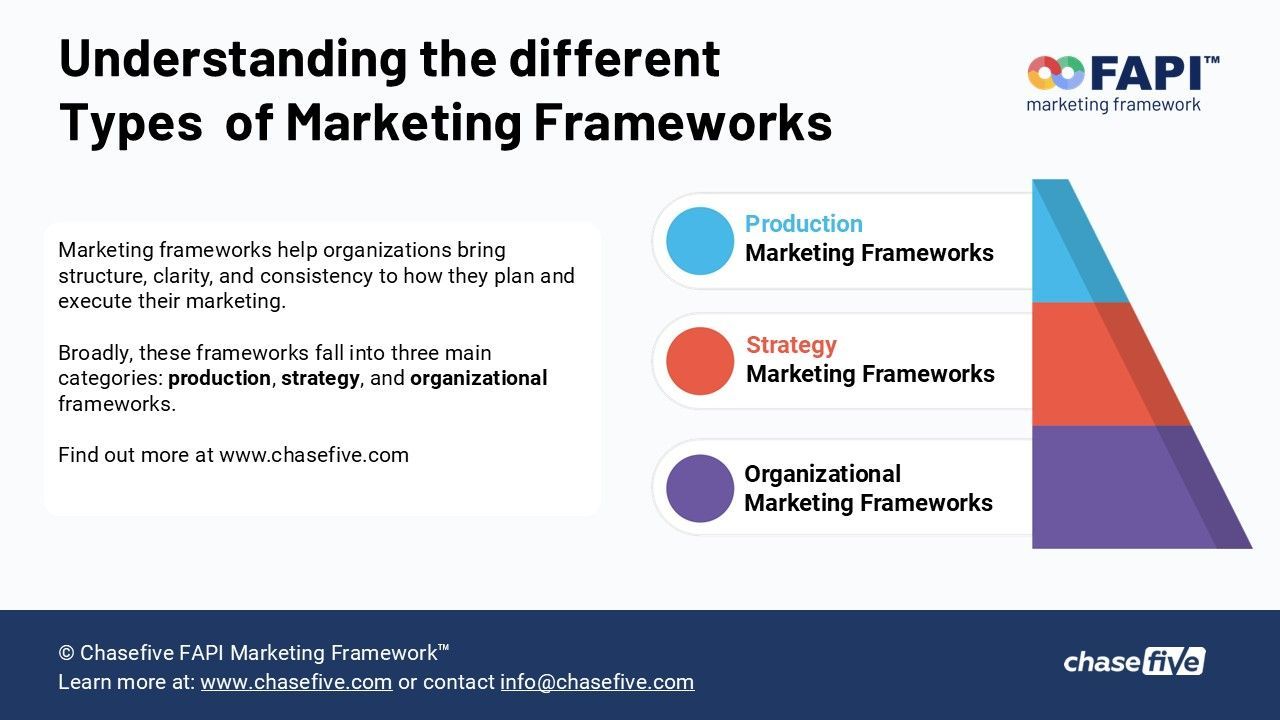Understanding scarcity and volatility to forecast and benchmark organic content visibility
We have all come across those quirky cat memes online that manage to rack up millions of views; it all seems rather effortless. However, gaining organic exposure for businesses is not an easy task. Before investing valuable resources in chasing organic exposure, it is crucial to effectively benchmark and forecast organic content performance to better manage this critical channel.
When considering how to rationalize organic content exposure, there are five key points to keep in mind.
Your organic content reach potential is finite (like your addressable audience)
The potential reach of your organic content is inherently limited, much like the size of your addressable audience. Your online exposure is contingent upon a finite available inventory, primarily determined by the size of your addressable audience. For instance, a business with an addressable target audience of 100,000 potential customers can expand its 'Reach' to a target equal to 100,000 users (where 'Reach' is defined here as the total number of unique users exposed to a particular piece of content within a given time frame).
Your audience's organic content consumption activity (impressions) is finite
Since the consumption of online content is typically measured in impressions, to help us measure the frequency of exposure, the second point to keep in mind is that the time your addressable audience can spend consuming content online is limited. Your audience's engagement with organic content is inherently limited. The extent of your organic reach is constrained by your audience's capacity and interest in consuming online content. For instance, if your addressable audience comprises 100,000 individuals, each capable of consuming 10 impressions per month of your organic content, the available inventory would be capped at 1 million impressions per month. This underscores the significance of understanding your audience's consumption patterns and the pivotal role it plays in determining the potential reach of your organic content.

Now that we have an idea of the best-case-scenario organic content inventory size. Let's look at how to refine your projections.
Online publishers compete for the same finite inventory
All online publishers are vying for a share of the same limited inventory in the realm of organic exposure. This competition extends beyond direct competitors to include other publishers seeking a slice of the finite attention from the audience. As an illustration, a pet insurance company may find itself competing for a portion of the end users' finite attention with a dog training business despite the absence of direct commercial rivalry.
Understanding and navigating this broader competitive landscape is integral to optimizing your organic exposure strategy. Therefore, aiming for 100% of the potentially available inventory is not a realistic forecast.
Some publishers will pay for (buy) some of the available organic inventory
The amount of time people spend online consuming organic content is a commodity bought and sold on the advertising market; potential organic content inventory is only available until someone buys it.
Certain publishers may opt to purchase a portion of the available organic inventory (in which case that bundle of inventory impressions turns from 'organic' to 'paid').
Understanding the competitive dynamics at play in securing visibility and audience attention in the digital landscape is crucial to forecast accurately.
The organic content inventory fluctuates with seasonality and industry trends
Organic impression inventory is subject to fluctuations influenced by seasonal changes and industry trends. This means the availability of organic impressions may decrease at times, and it may not consistently reach peak levels. Forecasting organic reach performance on a monthly or quarterly basis needs to account for seasonality and external factors.

Careful planning and avoid overexposure to organic inventory
Effectively managing the performance of organic content requires a strategic focus on several key elements. Content pacing and quality of execution are only two of the multiple factors to account for when forecasting and monitoring performance.
To learn more about modern marketing planning and management sign up free at the FAPI Marketing Framework Academy
